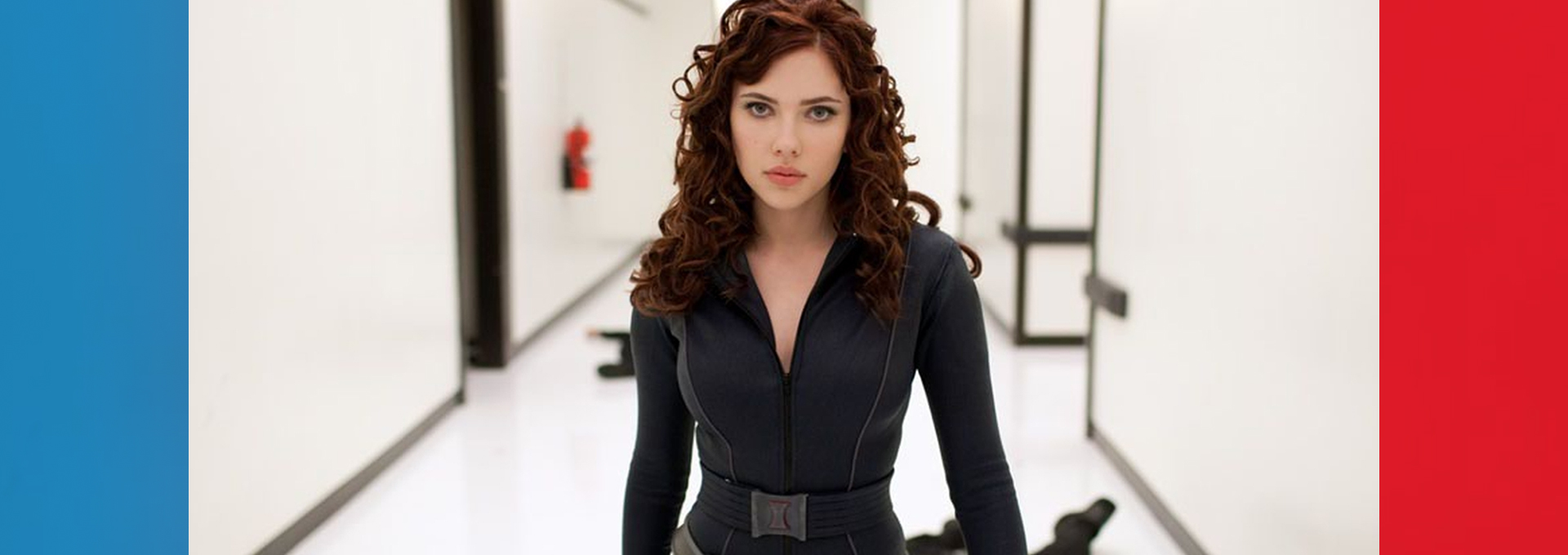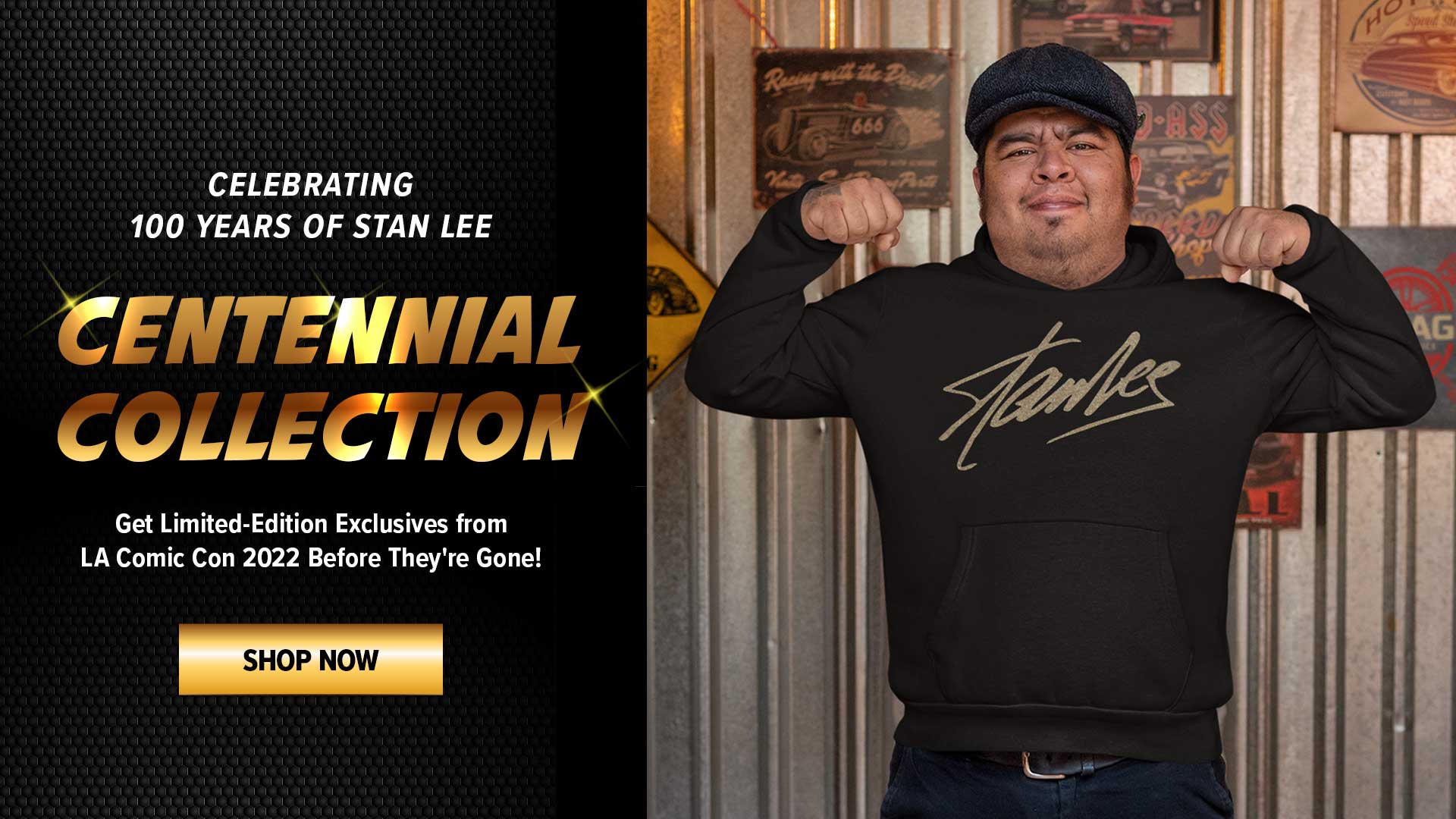It’s International Women’s Day, which presents a perfect opportunity to celebrate the superhero women that Stan Lee co-created for the Marvel Universe.
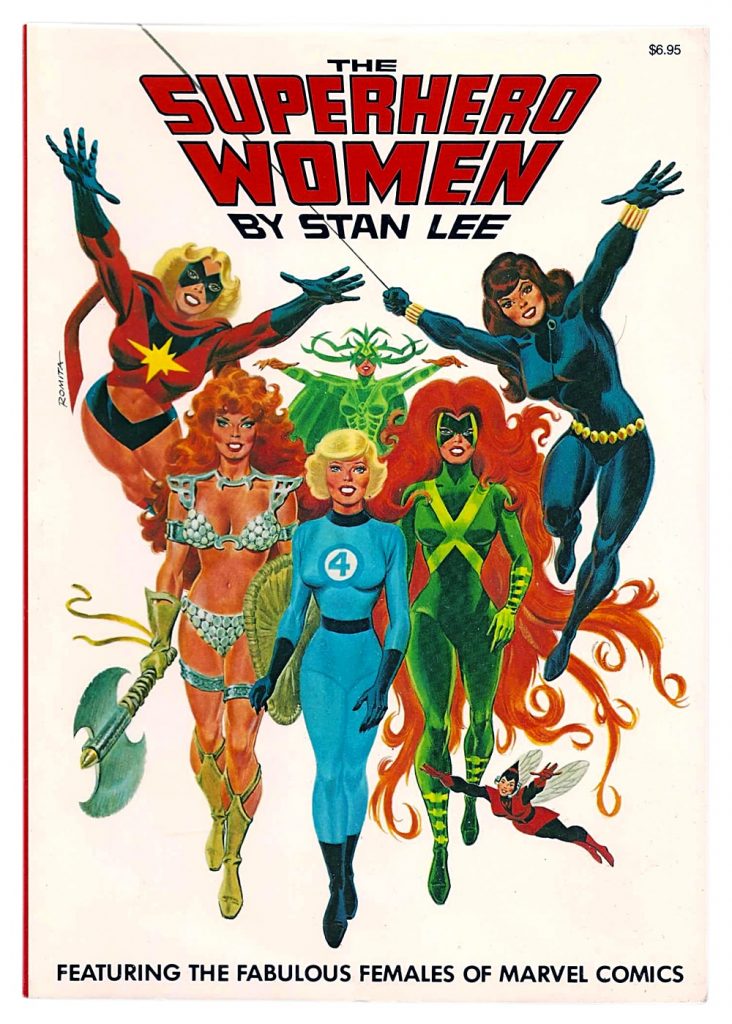
Each of these heroes, by the way, has been featured in major films such as X-Men (2000) and Fantastic Four (2005, 2015) and have prominent roles in the Marvel Cinematic Universe.
Susan Storm
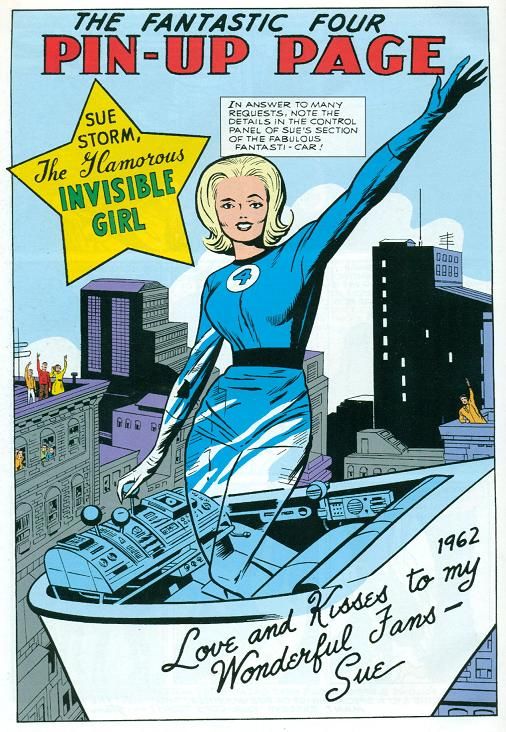
The Invisible Girl, aka Susan Storm, was created by Stan Lee and Jack Kirby for Fantastic Four #1 (1961). Susan began as the girlfriend of Professor Reed Richards, who would become Mr. Fantastic, and the elder sister of the future Human Torch, Johnny Storm. Her initial powers to simply turn invisible grew until she was able to project powerful force-fields that helped the group overcome many otherwise impossible challenges. During Stan’s run on the comics, Sue was one of the first female lead heroes to be married and have children, which was mostly unprecedented in comics at the time.
The many writers inspired by Stan and Jack who followed them made it clear that she might in truth be the most powerful member of the super-quartet, even if her powers weren’t nearly as showy as her elastic husband, her self-igniting little brother, or her rocky friend Ben Grimm, aka The Thing. Since Fantastic Four volume 1, issue #284 (1985) she’s been known as Invisible Woman and remains one of the most respected heroes in the Marvel Universe.
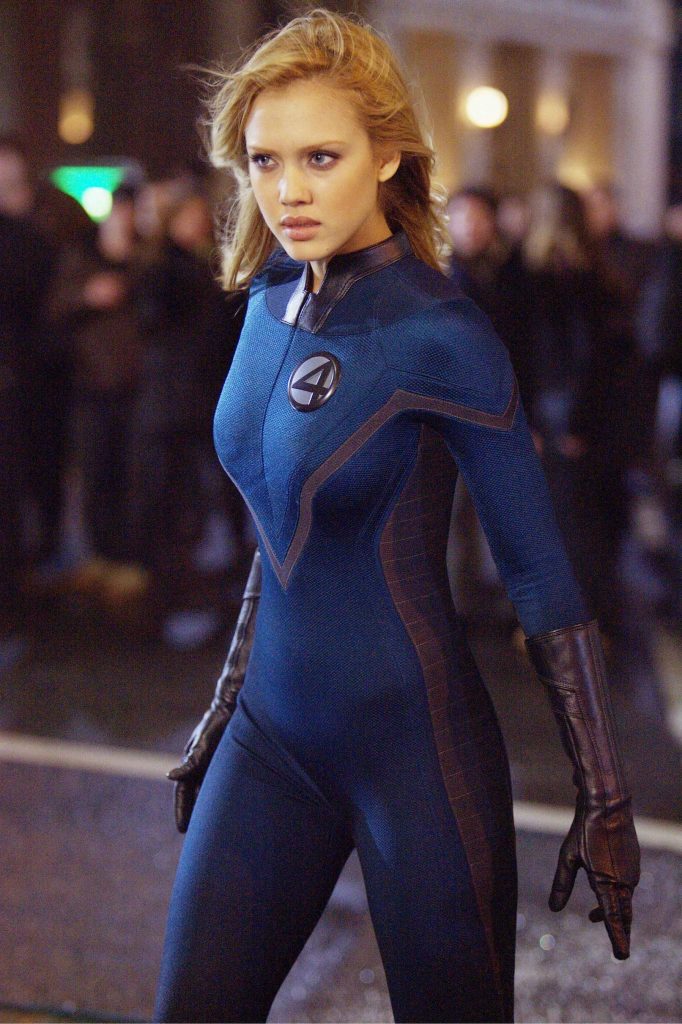
Of course, Jessica Alba played the Invisible Woman in Fantastic Four (2005) and Fantastic 4: Rise of the Silver Surfer (2007). The part was also played by Kate Mara in the 2015 Fantastic Four movie.
The Wasp
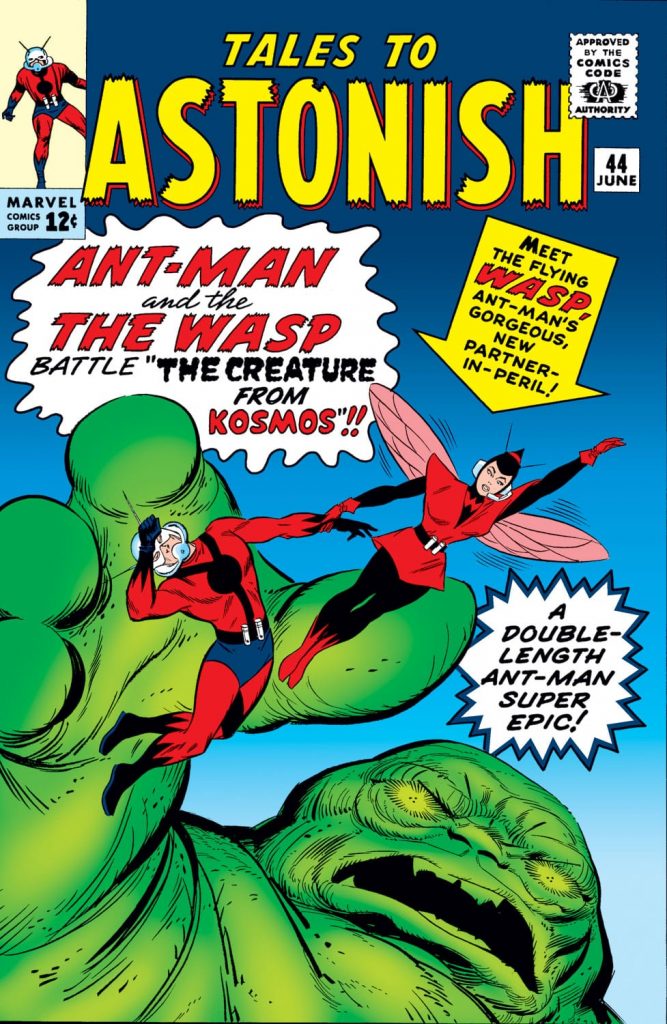
Stan Lee, Jack Kirby and scripter Ernie Hart created the Wasp, aka Janet Van Dyne, for Tales to Astonish #44 (1963). Her character was originally in the tradition of a female counterpart who shares similar powers to the hero, in her case the ability to shrink using the technique pioneered by Dr. Henry “Hank” Pym, aka Ant-Man. Similar hero and heroine duos, such as Bulletman and Bulletgirl (1941, Fawcett Comics) and Hawkman and Hawkgirl (1941, All-Star Comics), predated this pair. The Wasp did have the additional power of flight, while Ant-Man had to settle with riding flying ants. In the decades since her debut, Janet has grown to be a strong independent character. She eventually married then divorced Dr. Pym in the comic stories, and since then she has served several tenures as an effective leader of The Avengers.
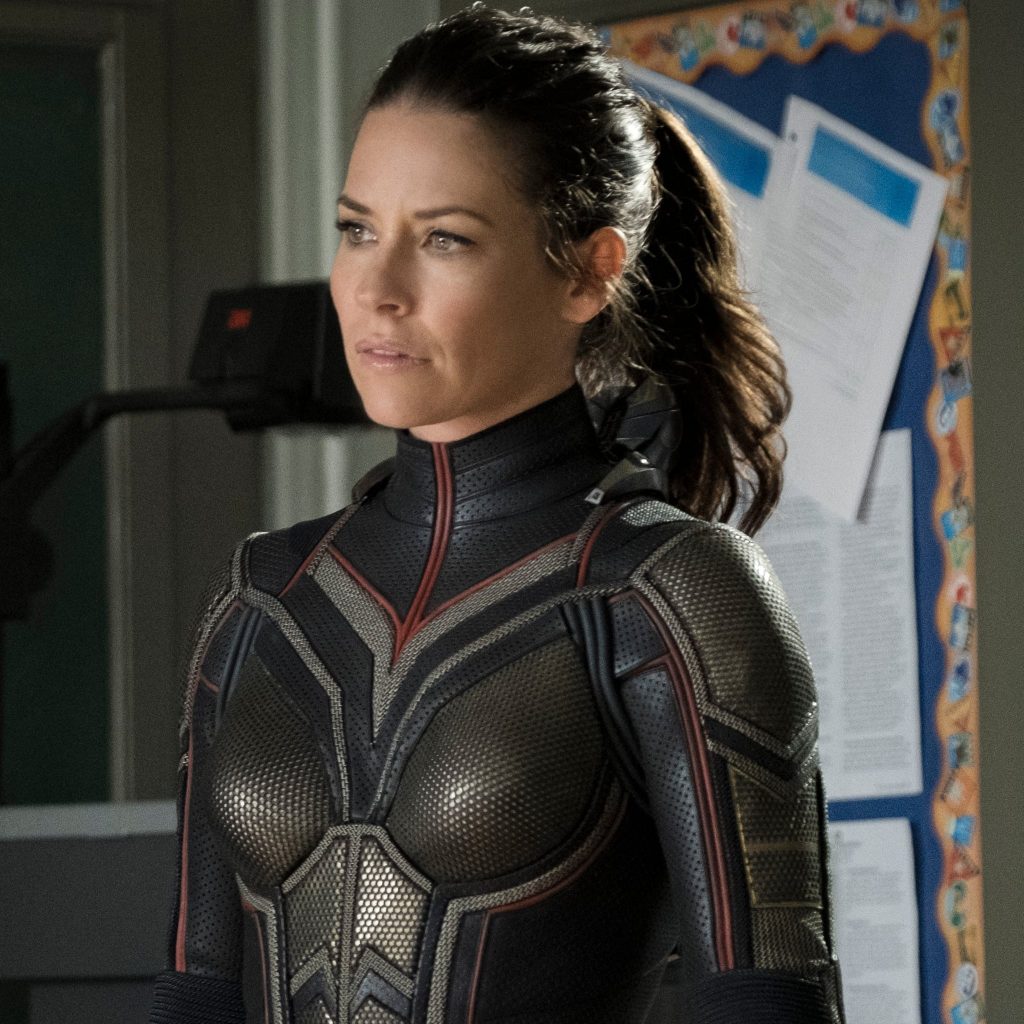
The character has been portrayed by two major movie stars in the MCU. Michelle Pfeiffer played the original Janet Van Dyne, and her daughter Hope Van Dyne, portrayed by Evangeline Lilly, also takes on the mantle of The Wasp in the movies.
Jean Grey
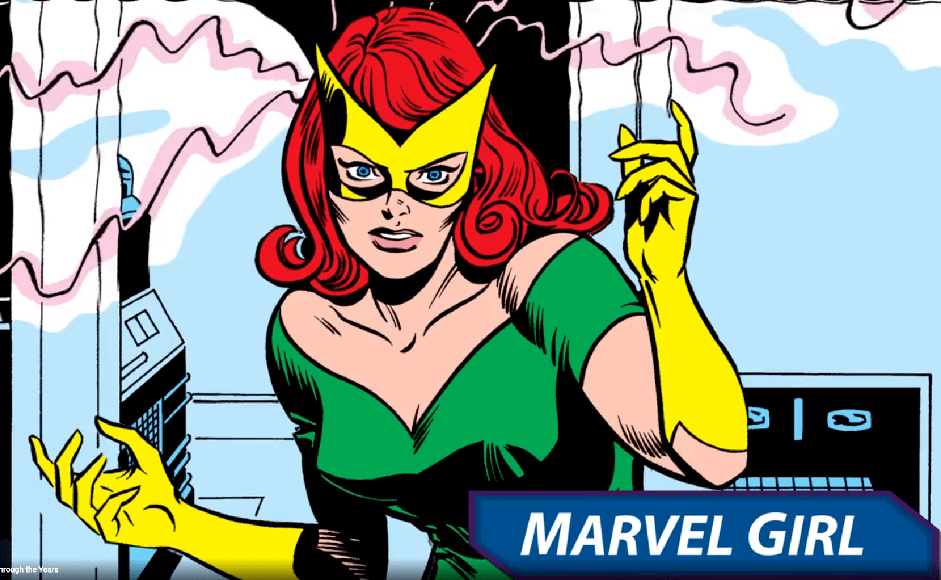
Marvel Girl, aka Jean Grey, was created by Stan and Jack Kirby in 1963. The only girl in the original team, Jean was often the center of troubled teen love triangles. Still, it was clear from the start that she might be the most powerful member, having been under Professor X’s tutelage even longer than Cyclops. She began as a telekinetic able to move objects with her mind, but soon she mastered telepathy as well and learned to telepathically mind link the team together when circumstances forced the X-Men’s mentor Professor X away from his students.
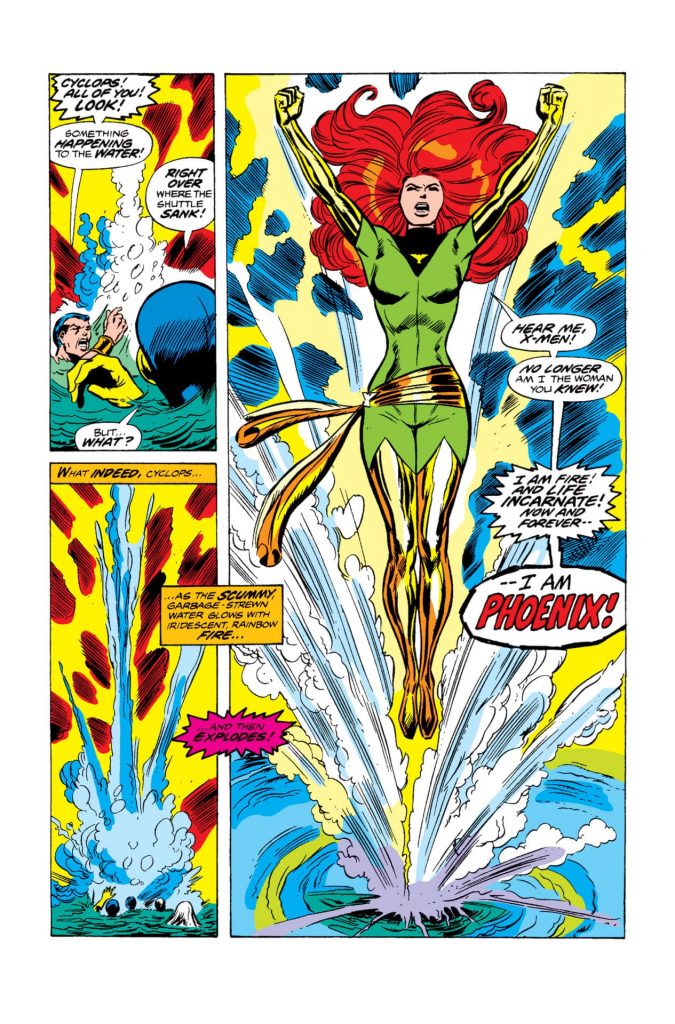
In later years, when Stan, by then Marvel’s Publisher, was no longer writing the comics, Marvel Girl became the Phoenix after telekinetically protecting her fellow X-Men from radiation and nearly dying in the attempt. Of course, this turned out to be the beginning of her tragic fall, as the powerful Phoenix force corrupted Jean, turning her into a villain.
On film, Jean Grey was originally played by Famke Janssen in X-Men (2001) and more recently by Sophie Turner starting with X-Men: Apocalypse (2016).
Scarlet Witch
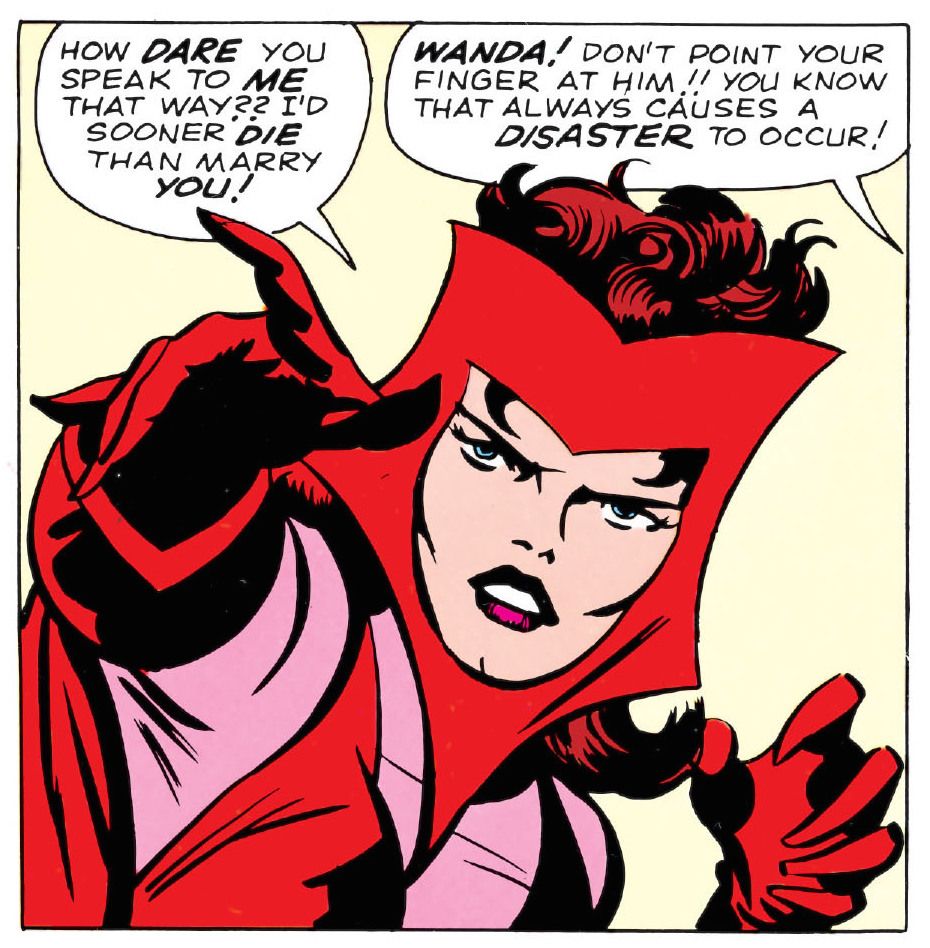
Stan began a trend of “reforming” super-villain women as heroes with the Scarlet Witch. Stan and Jack Kirby created her as a member of the Brotherhood of Evil Mutants, a group that served Magneto as a counterpoint to Charles Xavier’s team of mutant heroes, in Uncanny X-Men #4 (1964). She had the ability to cast powerful reality altering hexes that kept her enemies at bay. Wanda Maximoff, as her real name was discovered to be, never really had the heart for villainy, and in a surprise turn, Wanda and her temperamental brother Pietro, better known as Quicksilver, joined the Avengers under Captain America’s leadership in Avengers #16 (1965).
Since then she’s generally been a hero, though a few unexpected developments have occurred, such as the ongoing “House of M” and “Decimation” storylines for the comics in 2005 and 2006.
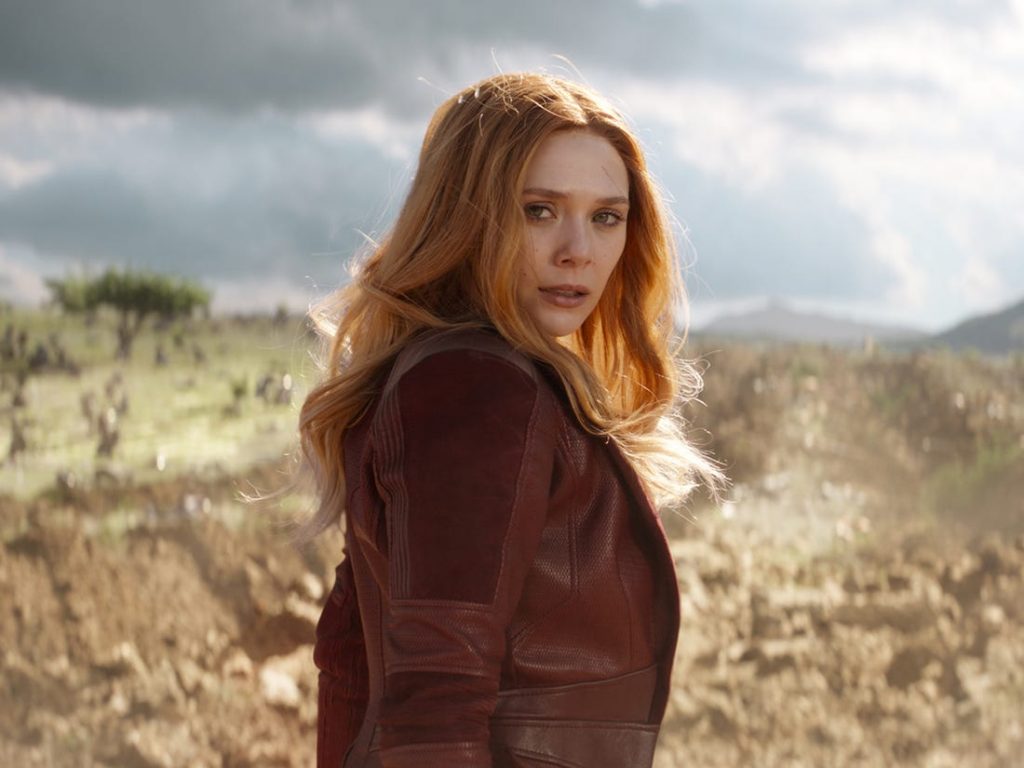
Elizabeth Olsen plays Scarlet Witch in the MCU, and the character will be the lead for the upcoming WandaVision series that will debut on Disney+.
Black Widow
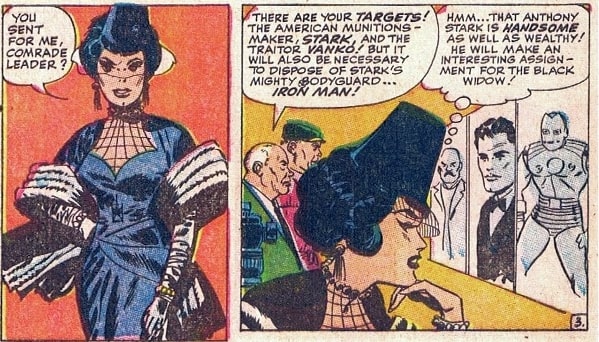
The other major super lady who Stan co-created and who eventually left villainy behind is the Black Widow. Created by Stan, Don Rico, and Don Heck in Tales of Suspense #52 (1964), she was originally a communist villain who vexed the heroic Iron Man at every turn. Over time her costume changed and her personality evolved. She soon defected to the United States and became a staunch ally to Iron Man, The Avengers and even Daredevil, with whom she became romantically tangled in her early career.
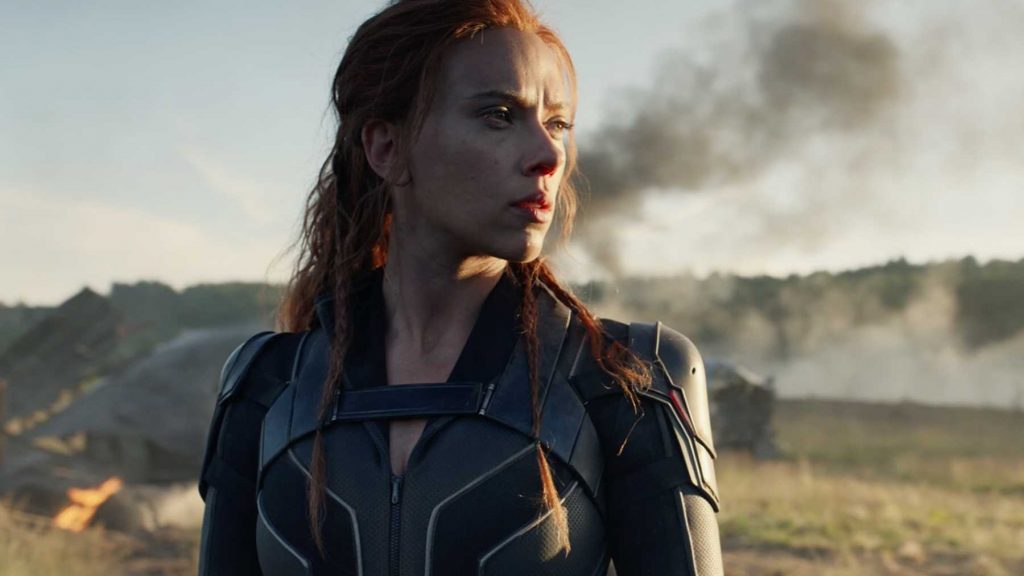
Scarlett Johansson debuted as the character in Iron Man 2 (2010) and has starred in many Avengers movie since. She is also the star of the upcoming solo film Black Widow. Currently, she might be the most popular female hero Stan ever had a part in creating.
With Disney’s purchase of Fox, it is likely that the Invisible Woman and Jean Grey will soon join the Marvel Cinematic Universe, as well as the recently announced She-Hulk, created by Stan Lee and John Buscema in 1980. They too will take their places besides Black Widow, Scarlet Witch and the Wasp as the most powerful and popular superwomen ever written by Stan Lee.


